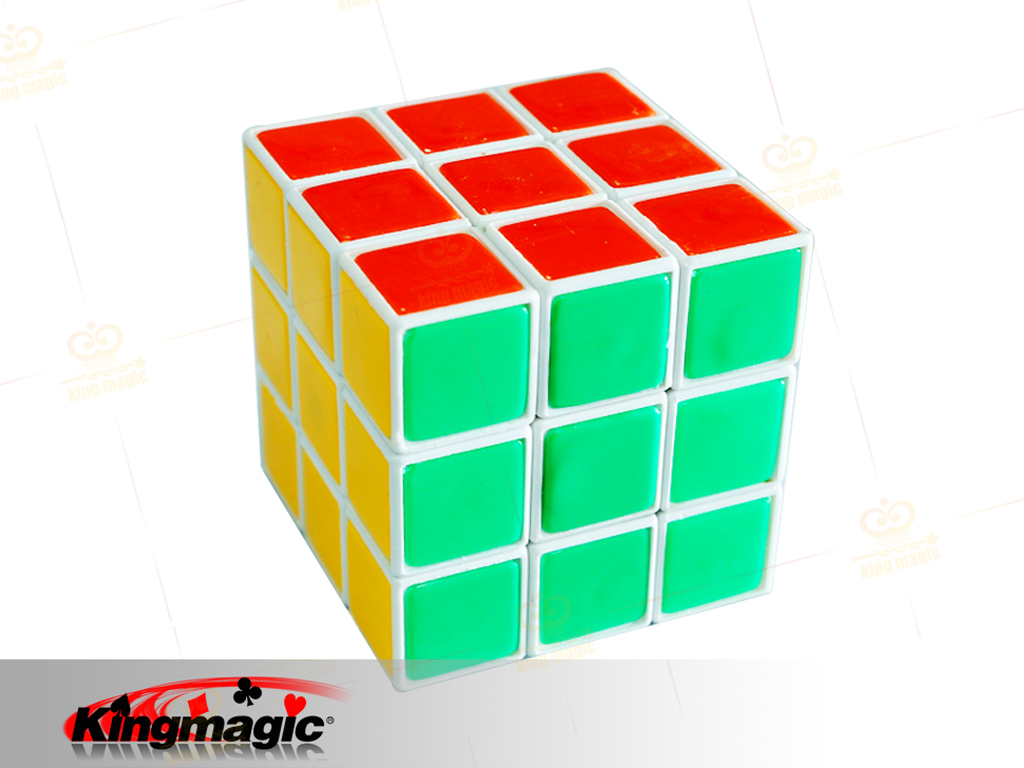

After then, name the cubes’ element with different ID. We could achieve this by duplicates the cube markup above and styling it using different CSS. The first step is to create few cubes and combine them into one big cube. However, all the vendor prefixes will be excluded from the code, but you can still find them in the files. Right now, try modifying the perspective value and see the what happens to the cube.Īfter the fundamental of creating a cube using CSS3 3D transforms, we will be going through the HTML and CSS markup of DEMO1. Otherwise you will only able to see two rectangles with different color. If you paste the HTML and CSS markup above into your text editor and run it, you will see a colorful cube if your browser support of CSS3 3D transforms. The larger this value the less obvious the 3D effect. The perspective attribute defines how far (Z-axis) the 3D element is placed from the view.

All the elements inside will move and rotate in relation to this viewStage, which itself will remain fixed to the page.

The ‘ viewStage’ is the element in which our 3D animation takes place. webkit-transform: rotateY(-90deg) translateZ(150px) webkit-transform: rotateY(90deg) translateZ(150px) webkit-transform: rotateX(-90deg) translateZ(150px) webkit-transform: rotateX(90deg) translateZ(150px) webkit-transform: rotateY(180deg) rotateZ(180deg) translateZ(150px) * Each cube's face share same attributes */ However, these HTML elements won’t be able to become a cube automatically without help from CSS3 3D transforms. So we have to define these six faces using HTML element, and differential each other with different CSS classes.

We all know that a basic cube consists of six faces, which are front, back, top, bottom, left and right. This might not related to our demo, however it will be your fundamental before starting CSS3 3D transforms. Let’s get it started with our core element – cube. The demo only works on browsers that support CSS3 3D transforms, such as Chrome and Safari. Otherwise you can just skip the part below and enjoy the cube rotation effect by CSS3 3D transforms. Anyway, you may go through the HTML markup and CSS style below for this CSS3 3D animation demo if you wish to know how it works. The initial idea was inspired by CCSlider 3D cube effect, so I decide to create one similar but with CSS3 only. Check out the demo above to see it with your eyes! These cubes will then rotate itself one by one with different timing and stop for awhile, and then rotate and stop again after this. Few cubes are located near each other with different images bind to cubes’ faces. The idea is to create a 3D ‘ cube‘ gallery effects. You might, of course, can check out others amazing CSS3 effects like CSS3 background animation and pure CSS3 logo and icons.
Cube flip after effects how to#
I’ve managed to learn so much from that so I’ll always be “Any time I've struggled to achieve a complex animation in CSS alone, I've never regretted using 's GSAP.Hello there! Today I would like to show you how to create an amazing 3D rotation animation using CSS3 3D transforms and CSS3 animation properties, WITHOUT using JavaScript. It’s been one of the most enjoyable things I’ve ever studied and the team do a fantastic job of making it first of all but also in the fantastic forums. Paul Lewis, “I was astonished by the speed and versatility of animating with GSAP.”


 0 kommentar(er)
0 kommentar(er)
